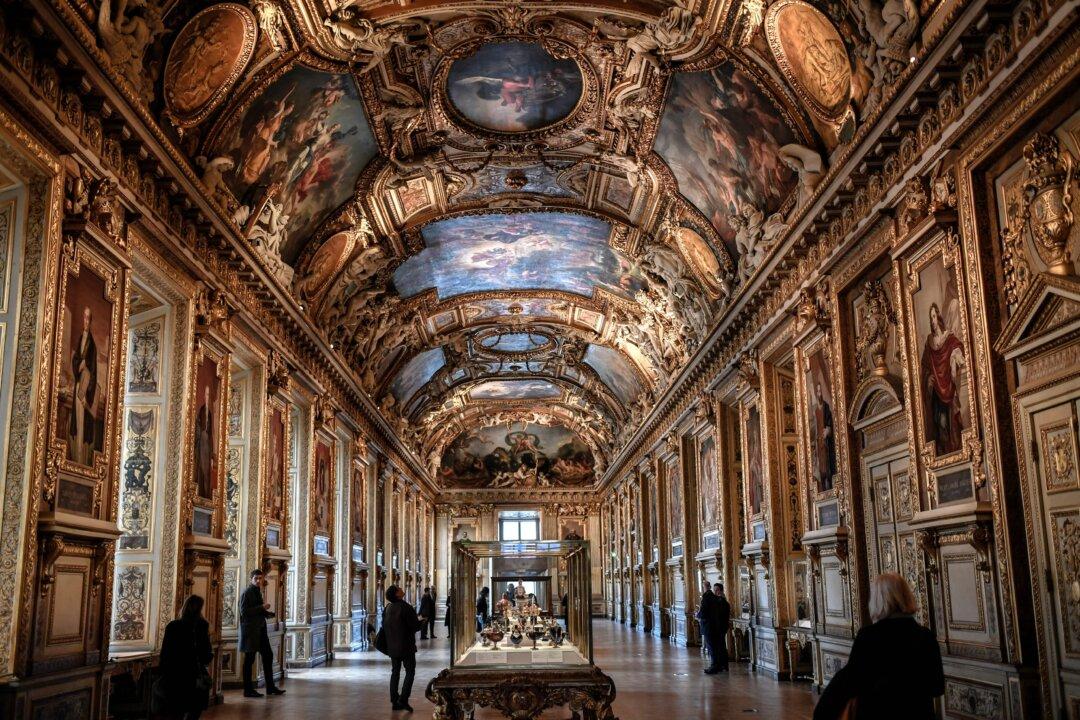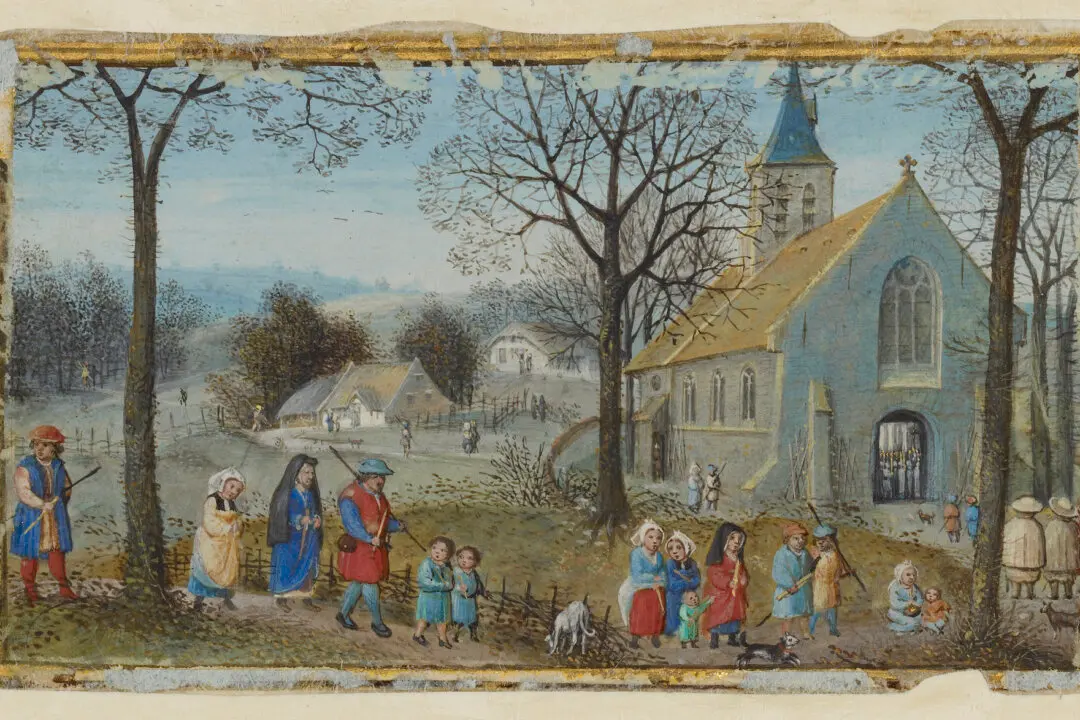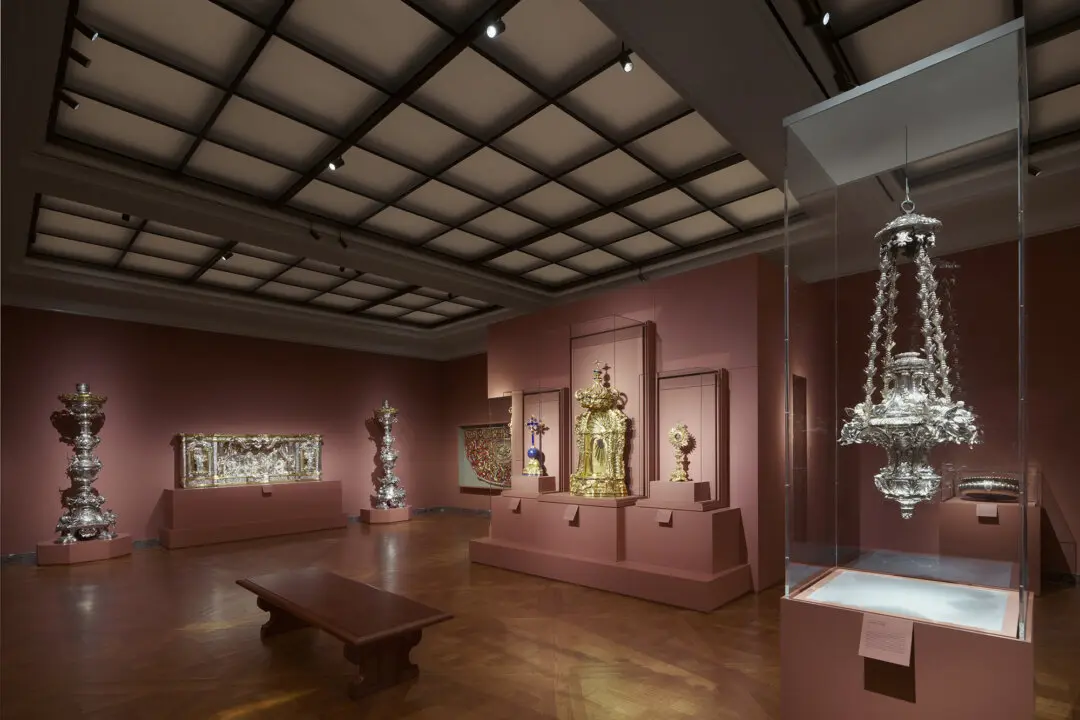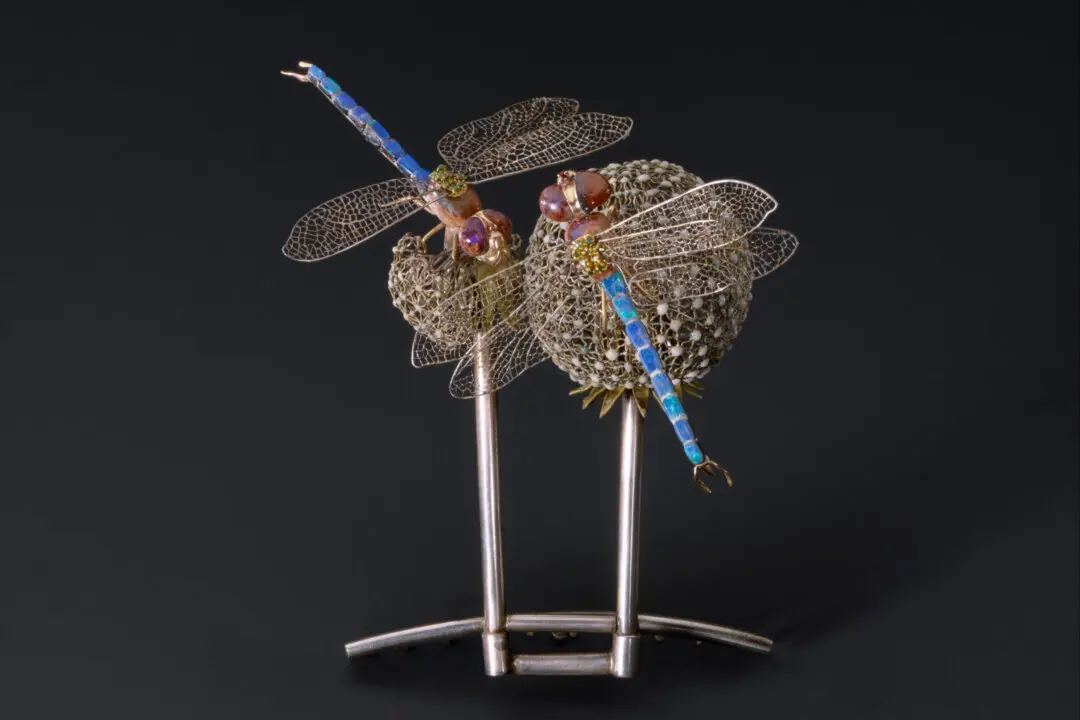Piero della Francesca, one of the founding figures of the Early Italian Renaissance, occupies a special place in art history. His work is exalted by connoisseurs, fellow artists, and the general public. Devotees of Piero take pilgrimages along what is known as the “Piero della Francesca Trail,” making stops in the Italian regions of Tuscany and Le Marche to see notable works in situ.
Piero’s breathtaking frescos and paintings captivate a viewer’s attention through his masterful creation of illusionistic space, sculptural figures, luminous light and color, and divine atmosphere. Several of his most sublime artworks feature the Madonna and Child in a genre known as “sacra conversazione.”





